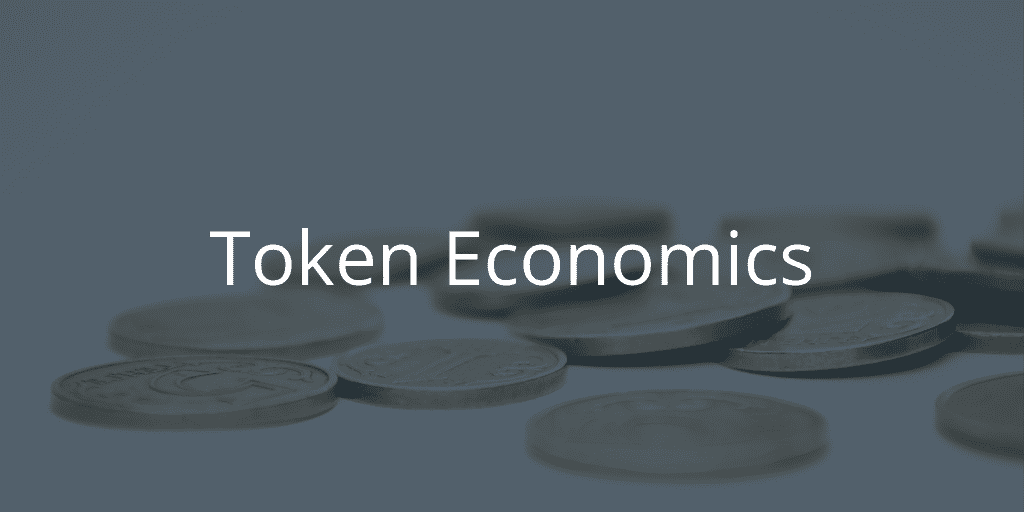Obtaining money for an innovative project is never an easy task, no matter how glorious a success the founders envision it to be. Banks have always been hesitant to issue loans to newly emerged companies with little history. Obtaining funds by issuing shares is rather an option for those that can already offer shareholders at least some form of dividends.
The rise of Silicon Valley has made the search for funding a bit easier. It attracted private venture capital investors willing to bet on the success of a particular idea. At the turn of the last decade, another way to raise funds emerged: Kickstarter, along with other online crowdfunding platforms.
Only a few years later, powered by the boom in cryptocurrencies and their rising values, the elements of all the above-mentioned methods have come together. The result was the so-called Initial Coin Offerings (known as ICOs) or Initial Token Offerings (ITOs). Simply said, instead of securities, companies were now able to obtain early seed financing through the issuance and sale of new digital currencies in the form of crypto tokens.
The birth of Ethereum
The first ICO was not connected to Bitcoin as some newcomers to the cryptocurrency industry might come to think but to Mastercoin, taking place in July 2013. The next breakthrough ICO in 2014 was the emergence and sale of the first emission of the second largest contemporary cryptocurrency – Ethereum. It raised $2.3 million for its founders. Participants paid in bitcoin, which had a value of over $600 per piece at that time.
The largest ICO to date is the EOS blockchain architecture software designed to support decentralized applications on a commercial scale. It has raised over $4 billion this summer. The second place goes to Telegram, a messenger app, with $1.7 billion raised.
What do investors find attractive about crypto investments and new tokens? Generally, tokens allow investors to speculate on their value, to exchange them for other cryptocurrencies or to use them as a currency in the project’s own blockchain ecosystem.
All these possibilities are combined, for example, in this year’s ITO of the Swiss project VETRI. VETRI has raised $10.7 million through the emission of VLD tokens. Thanks to that, VETRI is currently building an application that aims to give users more control over their personal data online.
Users can gather their data inside the VETRI application. From there, they can sell it in an anonymized form to a third party for marketing or research purposes. In the case of VETRI, users obtain their remuneration in VLD tokens for authorizing access to their data.
ICO investments: From zero to tens of billions in five years
In the first five years of the ICO phenomenon, the amount of money raised grew at a dizzying pace. According to Coinschedule, ICOs raised $99 million in 2016. Last year it was over $6.6 billion and this year it is over $21 billion (beginning of November).

Funds raised through ICOs (Jan-2016 – Nov-2018) Source: Coinschedule https://www.coinschedule.com/stats.html?year=2018
The popularity of ICOs
For some, one of the attractions in the initial years of the ICO was partially a lack of clear regulation. This however is slowly beginning to change as regulatory bodies around the world catch up to the new phenomenon. VETRI was at the forefront regulatory compliance. Amongst other measures, this meant registering its mother company, Procivis AG, as a member of the Self-Regulatory Organization (SRO) VQF. SRO VQF is supervised by FINMA, Switzerland’s financial market regulator.
Some are afraid that regulation will be the end of the ICO, others assume that the phenomenon will find its way through and develop further. One such way could be the so-called STO, or Securities Tokens Offerings. In brief, these are “tokenized” and “blockchained” securities, for example in the form of shares or bonds.
STOs include both the benefits of the blockchain technology and the greater certainty and security of today’s traditional financial derivatives. Some supporters of this solution therefore suggest that not only today’s initial coin offerings (ICOs), but also standard initial public offerings of shares (IPOs), which still represent a much larger volume of money, will transform into STOs.




